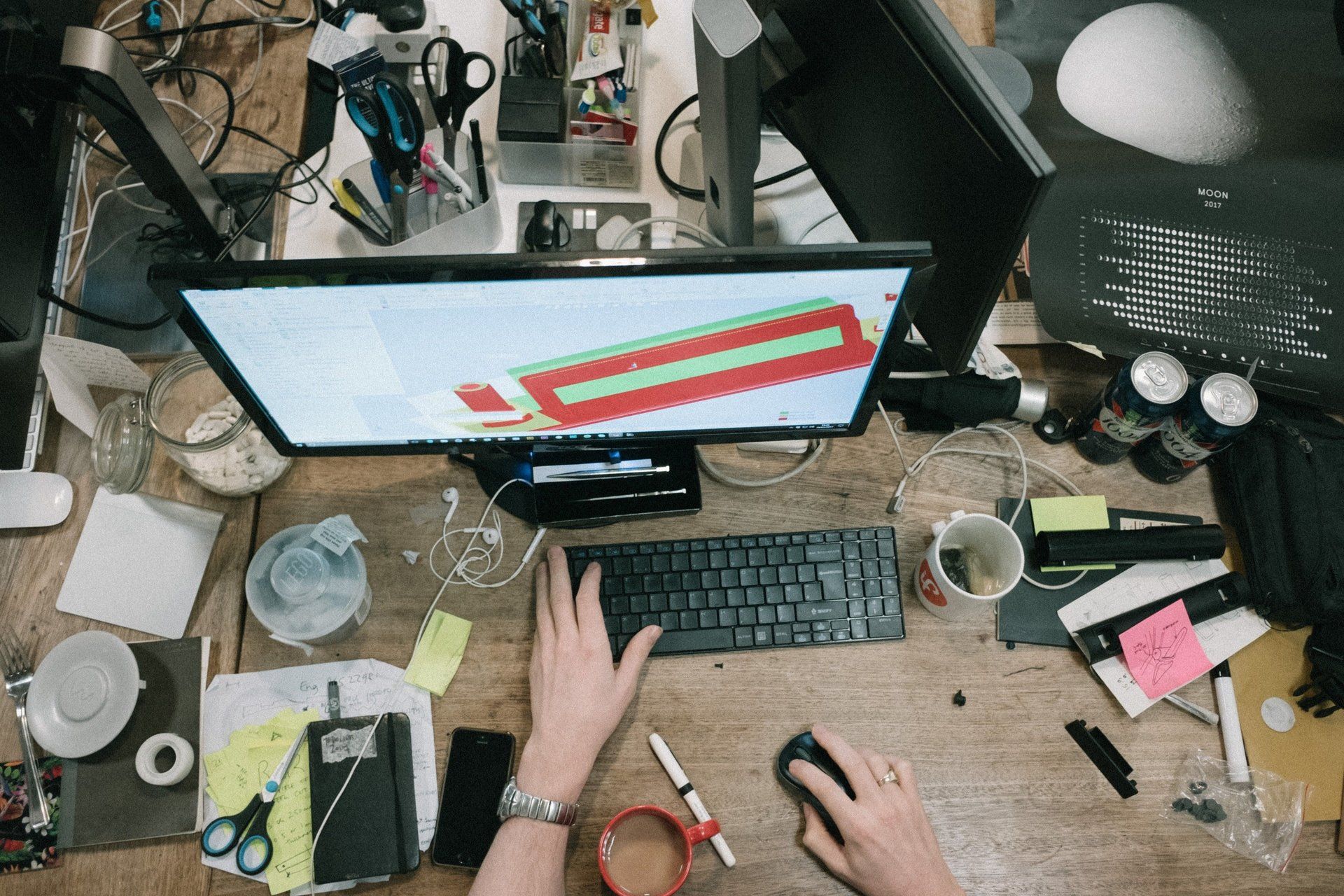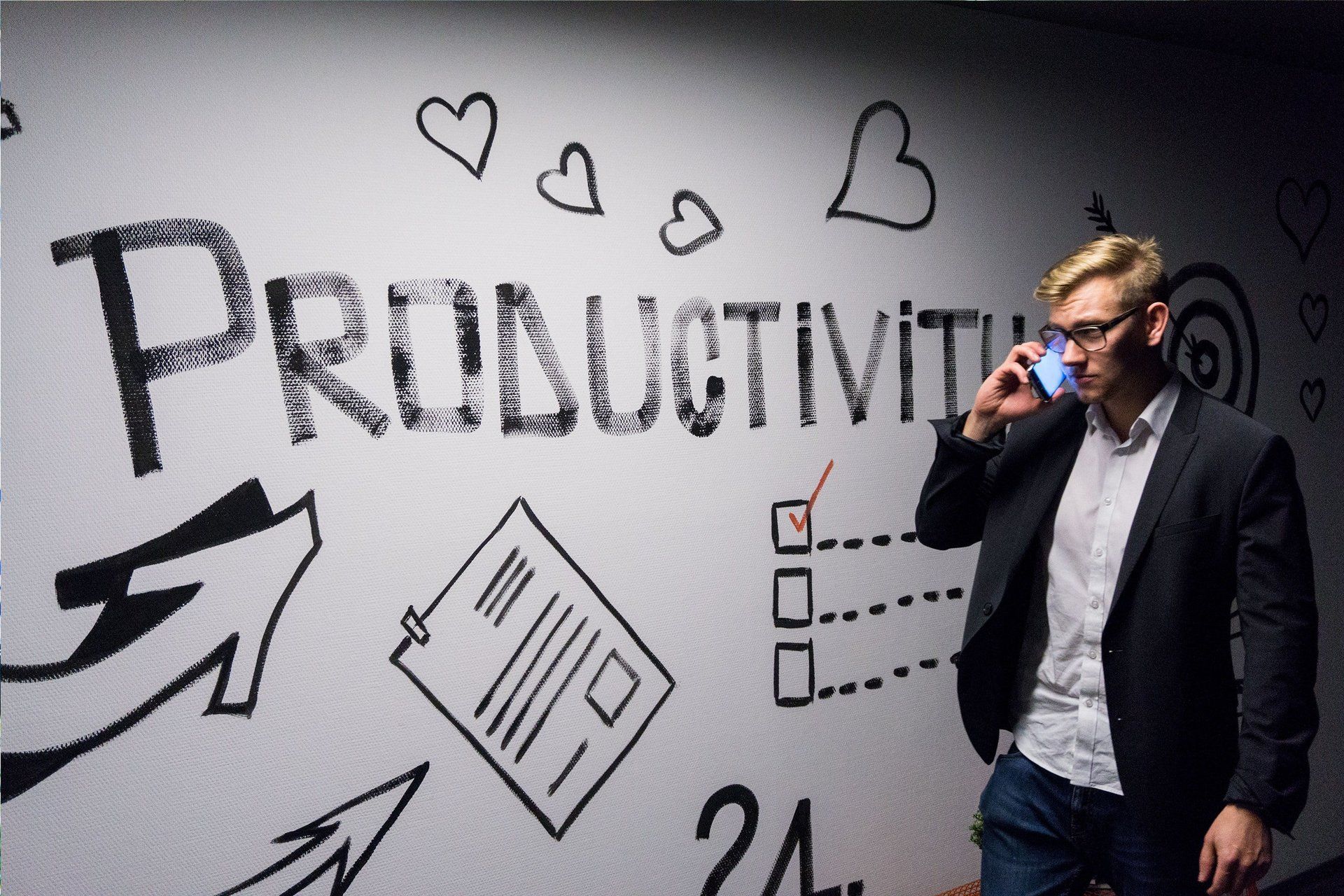By Les Watson
•
16 Dec, 2020
What would you do with one extra hour each day? Spend more time with the kids? Exercise? Start a project? Sleep? Whether it’s for relationships, ambition or health, getting back an hour in every day is entirely achievable. In fact, you can start today. There’s a model I teach in my training seminars which I call ALTA. It represents a four-step process for changing habits, be they professional or personal. ALTA stands for: Awareness (of what needs changing); Leadership (taking responsibility and taking charge); Tools (could be information, objects, technology or people); and Action (Do THE Thing!). Let’s look at an example of ALTA. A friend of mine (let’s call him Michael) mentioned recently that he wanted to save money. After doing a quick audit of his daily spending, he realised how much money he was spending on buying his lunch every day. With this Awareness, Michael took Leadership by deciding that he wanted to start bringing his lunch from home four days a week. He spoke to his domestic partner (am I allowed to call her a Tool?), and together they evaluated their grocery shopping budget and routine. Their solution? When preparing dinner, they would ‘cook double’, packing the extra portions into Tupperware ready for tomorrow’s lunch. The final piece of the Action puzzle was setting up a system so that Michael wouldn’t forget to grab his lunch from the fridge each morning (in this case, he set up a daily alarm on his iWatch). What does ALTA have to do with getting back an hour in every day? Well, time is a finite resource. There will always be 24 hours in each day. So, in order to get an extra hour, we’re going to need to find it and take it from somewhere else. This requires us to change some habits. Here are four time-management challenges that come up again and again for small business operators, and Tools you might find useful. As you read through the Tools of Planning the Day, Prioritising, and Establishing Daily Routines below, start with simple Awareness. Reflect on your own routines and habits. Planning the Day You may be tempted to skip planning your day and ‘just get on with it’. However, this is false economy. The best time to plan is the night before. If you give yourself 15 minutes to do this at the end of your workday, before you leave the office, you can catch any problems, clashes or needs in advance. Planning the day before also primes your unconscious for alerting you to things you may have missed or a problem that needs solving. By sleeping on it, you may even wake up with a solution. This is the effortless way to fuel massive action. Prioritising One of the main reasons people, particularly small business owners, don’t have enough time is because we’ve over-filled our schedules. No gaps. No down time. Why do we take on too much? Sometimes it’s FOMO – Fear of Missing Out. Some of us find it difficult to say ‘no’. Sometimes we take on too much because we haven’t considered what’s really important to us. Whatever the cause for our feeling stretched thin, reducing our focus to what’s important gives our schedule the flexibility it needs to not only allow for down time, but also to deal with the unexpected without throwing out our entire day. Set achievable to-do lists, not 100 tasks to be done in one day. With 100 tasks, you are just setting yourself up for disappointment and frustration. Choose ten to 15 tasks and prioritise them. A simple prioritisation method is A’s and B’s. An A task must get done today, and B tasks would be nice to get done today, but if they need to be bumped to tomorrow, so be it. Stay focused on the A’s until you get them done. “Oh, but this B looks fun and will only take 10 minutes”, we say to ourselves, only to realise 45 minutes later that we’re elbows deep in a B and now have to stay late to get all those A’s done. A’s are what matter. Do them first. If your 15 tasks get done, add a couple more. Another way to help you stick to your priorities is to have boundaries. How comfortable are you with saying ‘no’? Do you find yourself caught up in long conversations that you need to leave, but don’t know how? Establishing boundaries may feel uncomfortable at first, but this will change with time and practice. Learning how to say ‘no’ with diplomacy is not only achievable, it’s a trait of good leadership. What would you say to a colleague who kept interrupting you in your office to chat? For a lot of people, the answer would be “nothing”. Here are some alternatives that I’ve heard people use: “That doesn’t work for me now, but it could work in two to three hours. Check back in with me then.” “I’m keen to have this discussion, but I’m up against a deadline right now. Can we schedule a catch-up for tomorrow?” “I want to give this my full concentration, but my mind is stuck on some urgent tasks I have. Let’s lock in a time that works for both of us.” Establishing Daily Routines One challenge I often hear from small business operators is about the need to streamline tasks. Small business owners are in a unique position where they are responsible for keeping many plates spinning. One way to streamline is to establish daily routines and make them habitual. Habits are simply acquired patterns of behavior that have become almost involuntary. The four stages of competence model can help us track our progression through the stages of habit formation. To understand how the four stages of competence works, let’s use an example. 15-year-old Emma has been playing car-racing video games for years. She thinks she knows how to drive, although she has never been behind the wheel of an actual vehicle. This is Unconscious Incompetence, the first stage. Unconscious Incompetence means that Emma can’t drive, but she doesn’t know it. On her 16 th birthday, Emma sits in the driver’s seat of her parents’ Volvo wagon and realizes she has no idea what she’s doing. This is stage two: Conscious Incompetence. She can’t drive, and now she knows it. After a period of practice, Emma is now able to drive from A to B safely, but she still needs to concentrate. This is the third stage, Conscious Competence. Eventually, Emma has her first “I don’t even remember driving here” experience, indicating that her driving has become automatic, taking up minimal conscious effort. Emma has now reached the fourth stage; she is an Unconsciously Competent driver. Acquiring new behaviour patterns is similar. Understanding the four stages of competence model will help you to understand what to expect as you establish a new habit or routine. Don’t be discouraged. Be consistent, but more importantly, be patient. It takes time to go from conscious effort to autopilot, but remember, good habits are like slow-cookers: you can set and forget. Maybe as you read this article, you became Aware that you don’t have strong boundaries. Maybe you even found some Tools that you can use to help you say ‘no’. It’s now time to exercise your Leadership. Choose one thing that you want to make a habit or include (or exclude) from your daily routine. What Tools can you use? Finally, Do The Thing! Put your Leadership into Action, and get back that hour.

























